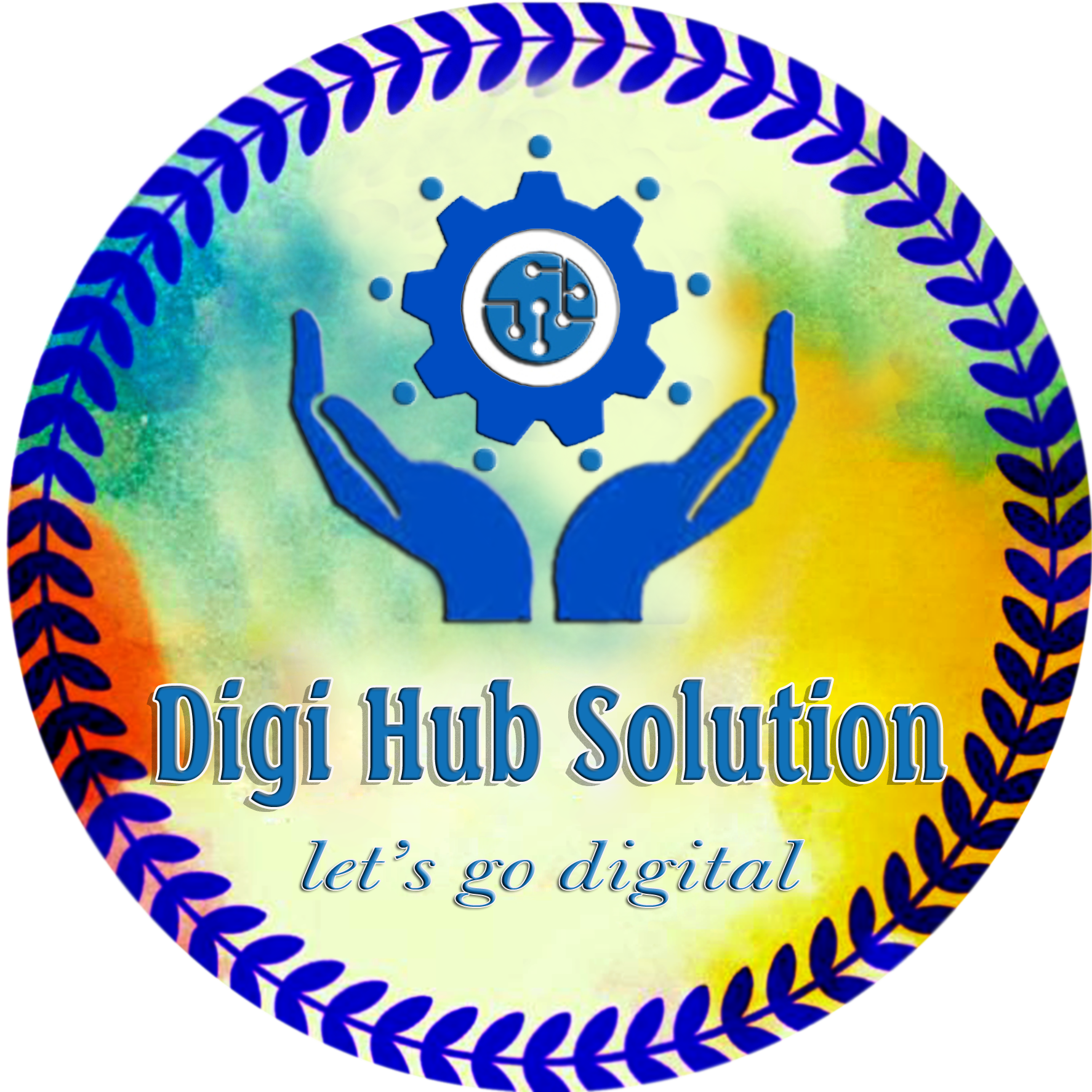Hello friends , today we will read about computer & also discuss about its types and work first of all we see the about of computer then its functionality.
A computer is a machine that can be programmed to carry out sequences of arithmetics or logical operations automatically. Modern digital electronics computers can perform generic sets of operations known a programs. These programs enable computers to perform a wide range of tasks. A computer system is a nominally complete computer that includes the hardware operating system (main software), and peripheral equipment needed and used for full operation. This term may also refer to a group of computers that are linked and function together, such as a computer network or computer cluster.
A broad range of industrial and consumer products use computers as control system. Simple special-purpose devices like microwave ovens and remote controls are included, as are factory devices like industrial robots and computer aided design, as well as general-purpose devices like personal computer and mobile devices like smartphone.Computers power the internet , which links billions of other computers and users.
Early computers were meant to be used only for calculations. Simple manual instruments like the abacus have aided people in doing calculations since ancient times. Early in the , some mechanical devices were built to automate long, tedious tasks, such as guiding patterns for . More sophisticated electrical machines did specialized calculations in the early 20th century. The first electronic calculating machines were developed during . The first semiconductor transistors in the late 1940s were followed by the silicon-based MOSFET (MOS transistor) and monolithic integrated circuit chip technologies in the late 1950s, leading to the microprocessor and the microcomputer revolution in the 1970s. The speed, power and versatility of computers have been increasing dramatically ever since then, with transistor counts increasing at a rapid pace (as predicted by Moore’s law), leading to the Digital Revolution during the late 20th to early 21st centuries.
Conventionally, a modern computer consists of at least one processing element, typically a central processing unit (CPU) in the form of a microprocessor, along with some type of computer memory, typically semiconductor memory chips. The processing element carries out arithmetic and logical operations, and a sequencing and control unit can change the order of operations in response to stored information. Peripheral devices include input devices (keyboards, mice, joystick, etc.), output devices (monitor screens, printers, etc.), and input/output devices that perform both functions (e.g., the 2000s-era touchscreen). Peripheral devices allow information to be retrieved from an external source and they enable the result of operations to be saved and retrieved
A computer is a device that transforms data into meaningful information. It processes the input according to the set of instructions provided to it by the user and gives the desired output. Computers are of various types and they can be categorized in two ways on the basis of size and on the basis of data handling capabilities.
So, on the basis of size, there are five types of computers:
- Supercomputer
- Mainframe computer
- Minicomputer
- Workstation
- PC (Personal Computer)
- Server Computer
And on the basis of data handling capabilities, there are three types of computer:
- Analogue Computer
- Digital Computer
- Hybrid Computer
Supercomputer:
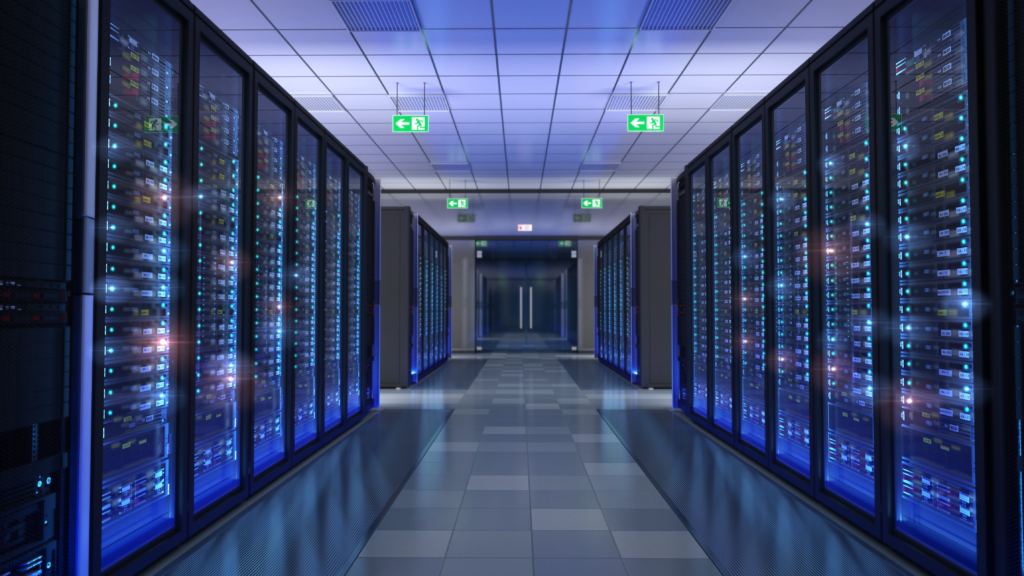
When we talk about speed, then the first name that comes to mind when thinking of computers is supercomputers. They are the biggest and fastest computers(in terms of speed of processing data). Supercomputers are designed such that they can process a huge amount of data, like processing trillions of instructions or data just in a second. This is because of the thousands of interconnected processors in supercomputers. It is basically used in scientific and engineering applications such as weather forecasting, scientific simulations, and nuclear energy research. It was first developed by Roger Cray in 1976.
Characteristics of supercomputers:
- Supercomputers are the computers which are the fastest and they are also very expensive.
- It can calculate up to ten trillion individual calculations per second, this is also the reason which makes it even more faster.
- It is used in the stock market or big organizations for managing the online currency world such as bitcoin etc.
- It is used in scientific research areas for analyzing data obtained from exploring the solar system, satellites, etc.
Mainframe computer:

Mainframe computers are designed in such a way that it can support hundreds or thousands of users at the same time. It also supports multiple programs simultaneously. So, they can execute different processes simultaneously. All these features make the mainframe computer ideal for big organizations like banking, telecom sectors, etc., which process a high volume of data in general.
Characteristics of mainframe computers:
- It is also an expensive or costly computer.
- It has high storage capacity and great performance.
- It can process a huge amount of data (like data involved in the banking sector) very quickly.
- It runs smoothly for a long time and has a long life.
Minicomputer:
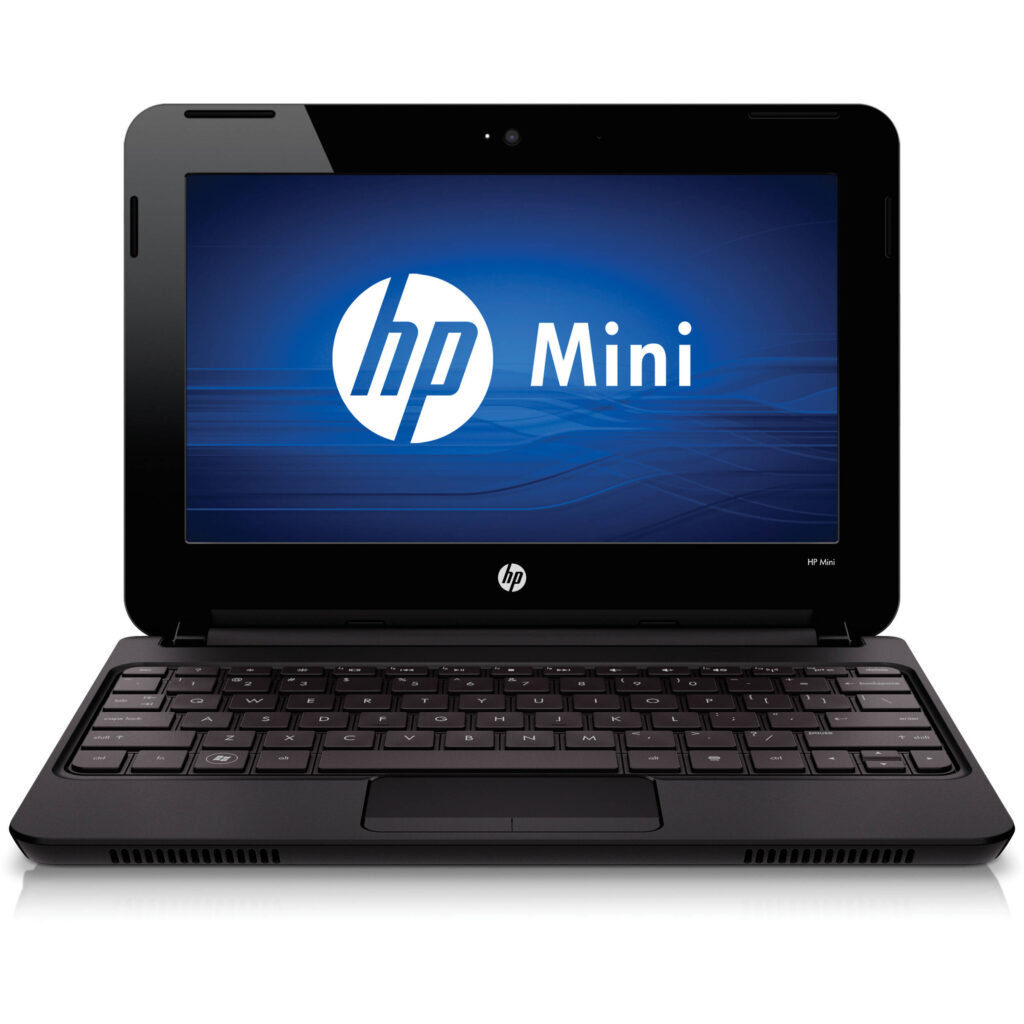
Minicomputer is a medium size multiprocessing computer. In this type of computer, there are two or more processors, and it supports 4 to 200 users at one time. Minicomputers are used in places like institutes or departments for different work like billing, accounting, inventory management etc. It is smaller than a mainframe computer but larger in comparison to the microcomputer.
Characteristics of minicomputer:
- Its weight is low.
- Because of its low weight, it is easy to carry anywhere.
- less expensive than a mainframe computer.
- It is fast.
Workstation:
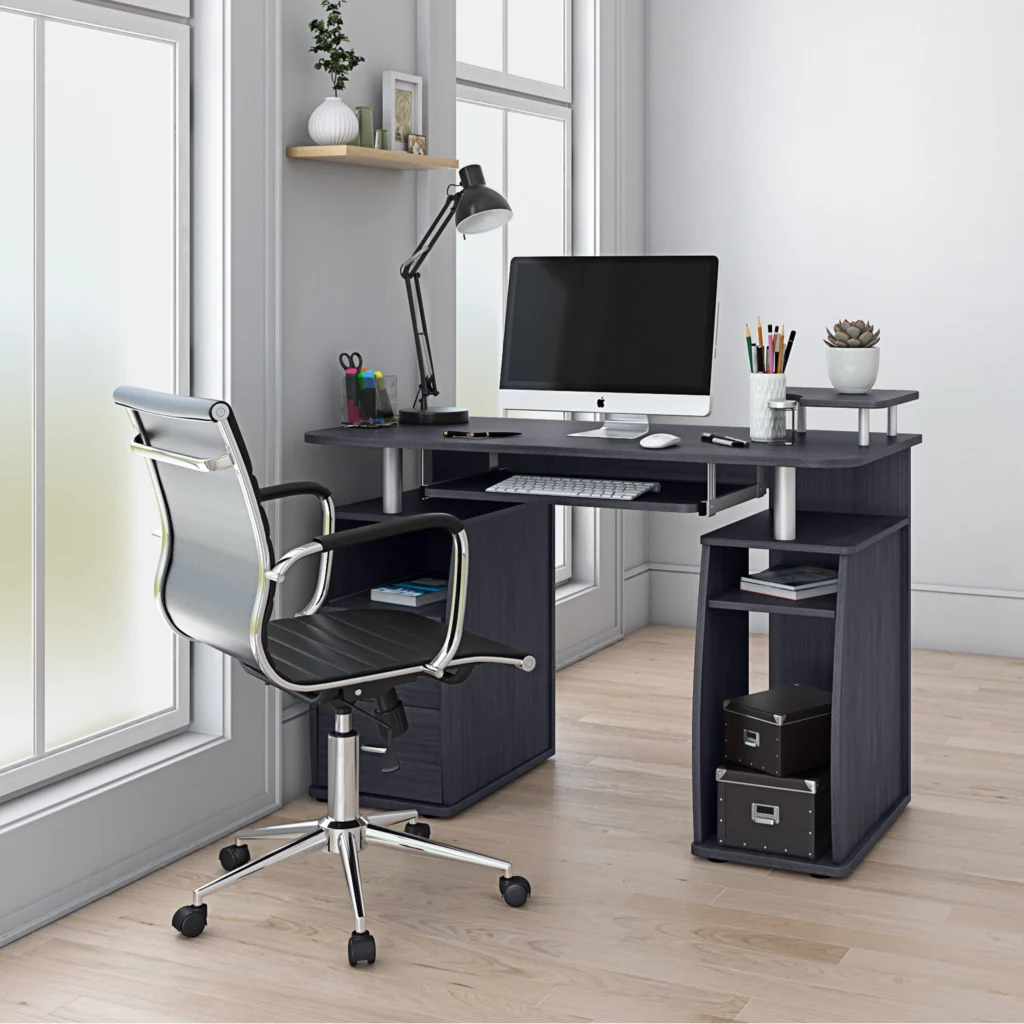
Workstation is designed for technical or scientific applications. It consists of a fast microprocessor, with a large amount of RAM and high speed graphic adapter. It is a single-user computer. It generally used to perform a specific task with great accuracy.
Characteristics of Workstation:
- It is expensive or high in cost.
- They are exclusively made for complex work purposes.
- It provides large storage capacity, with better graphics, and a more powerful CPU when compared to a PC.
- It is also used to handle animation, data analysis, CAD, audio and video creation, and editing.
PC (Personal Computer):

It is also known as a microcomputer. It is basically a general-purpose computer and designed for individual use. It consists of a microprocessor as a central processing unit(CPU), memory, input unit, and output unit. This kind of computer is suitable for personal work such as making an assignment, watching a movie, or at office for office work, etc. For example, Laptops and desktop computers.
PC can also be subdivided into the following types:
- Desktop computers—a case put under or on a desk. The display may be optional, depending on use. Very small computers of this kind may be integrated into the monitor.
- Rackmount computers—the cases of these computers fit into 19-inch racks, and may be space-optimized and very flat. A KVM switch or built-in remote control (via LAN or other means) can be used to gain console access.
- In-car computers (carputers)—built into automobiles, for entertainment, navigation, etc.
- Laptop Computers and notebook computers—portable and all in one case.
- Tablet computer—like laptops, but with a touch-screen, entirely replacing the physical keyboard.
- Smartphones, smartbooks, and Palmtop computers—small handheld personal computers with limited hardware specifications.
- Programmable calculator—like small handhelds, but specialized on mathematical work.
- Video game consoles—fixed computers built specifically for entertainment purposes.
- Handheld game consoles—the same as game consoles, but small and portable.
Characteristics of PC (Personal Computer):
- In this limited number of software can be used.
- It is smallest in size.
- It is designed for personal use.
- It is easy to use.
Server Computer
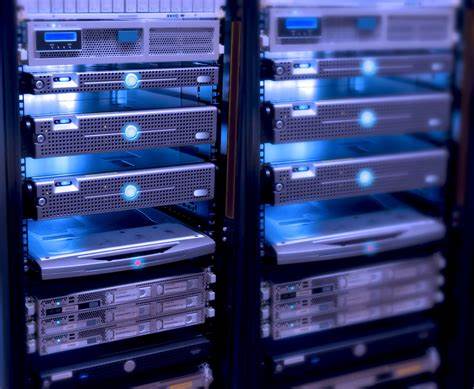
A server refers to a high-performance computer that provides shared information resources and various services for many users on the network at the same time in a network environment.
A server is expected to be capable of high-speed computing, long-term reliable operation (it features error-correction of RAM; redundant cooling; self-monitoring, RAID), and powerful external data throughput.
The structure of the server is similar to that of an ordinary computer. Many smaller servers are actually personal computers that have been dedicated to provide services for other computers. But they are very different in terms of processing power, stability, reliability, security, scalability, and manageability.
According to the services provided, server computers can be subdivided into database server, file server, Web server, FTP server, etc.
6. Analog Computer:
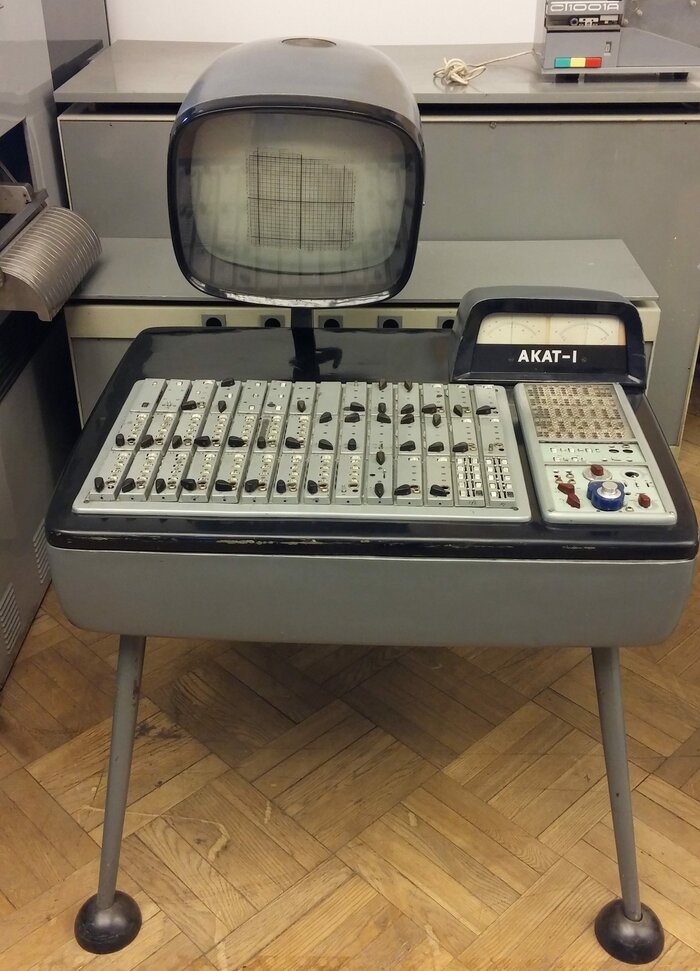
It is particularly designed to process analogue data. Continuous data that changes continuously and cannot have discrete values is called analogue data. So, an analogue computer is used where we don’t need exact values or need approximate values such as speed, temperature, pressure etc. It can directly accept the data from the measuring device without first converting it into numbers and codes. It measures the continuous changes in physical quantity. It gives output as a reading on a dial or scale. For example speedometer, mercury thermometer, etc.
7. Digital Computer:
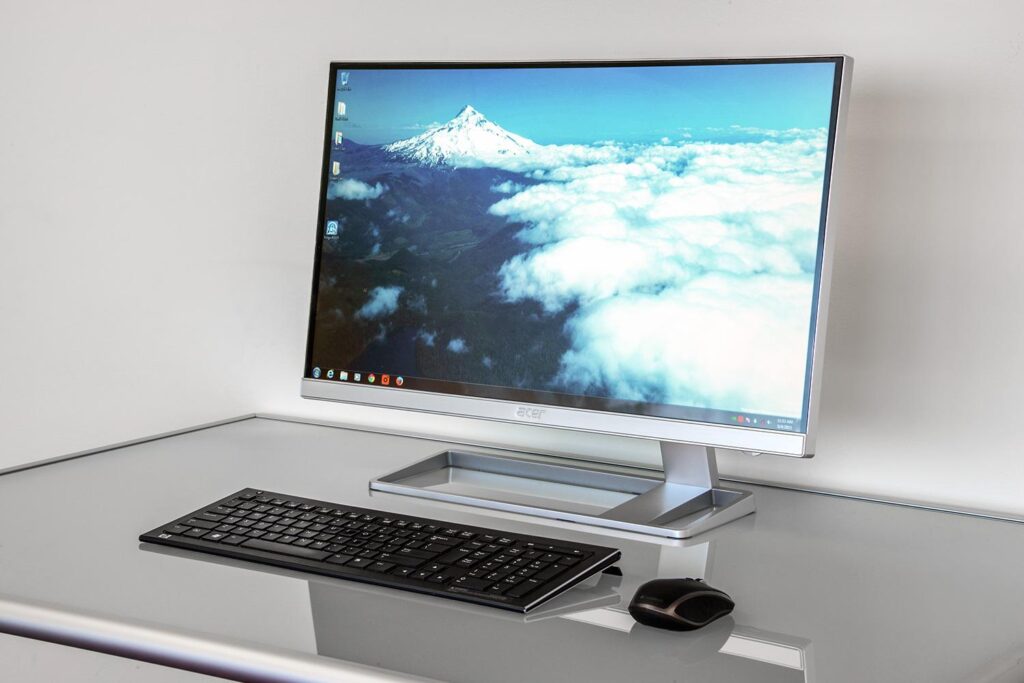
Digital computers are designed in such a way that it can easily perform calculations and logical operations at high speed. It takes raw data as an input and processes it with programs stored in its memory to produce the final output. It only understands the binary input 0 and 1, so the raw input data is converted to 0 and 1 by the computer and then it is processed by the computer to produce the result or final output. All modern computers, like laptops, desktops including smartphones are digital computers.
8. Hybrid Computer:
As the name suggests hybrid, which means made by combining two different things. Similarly, the hybrid computer is a combination of both analog and digital computers. Hybrid computers are fast like an analog computer and have memory, and accuracy like a digital computer. So, it has the ability to process both continuous and discrete data. For working when it accepts analog signals as input then it converts them into digital form before processing the input data. So, it is widely used in specialized applications where both analog and digital data is required to be processed. A processor which is used in petrol pumps that converts the measurements of fuel flow into quantity and price is an example of a hybrid computer.
IF YOU LIKE THE POST THEN FOLLOE US :
Email us on:
hubdigisolution@gmail.com
contact us on:
Landline no:+911353558143
Mobile no:
+919808724448
Facebook id:
Linkedin id:
Website:
For these type knowledge contact us :

Digi Hub Solution
Digital Service Provider
Proudly powered by WordPress
